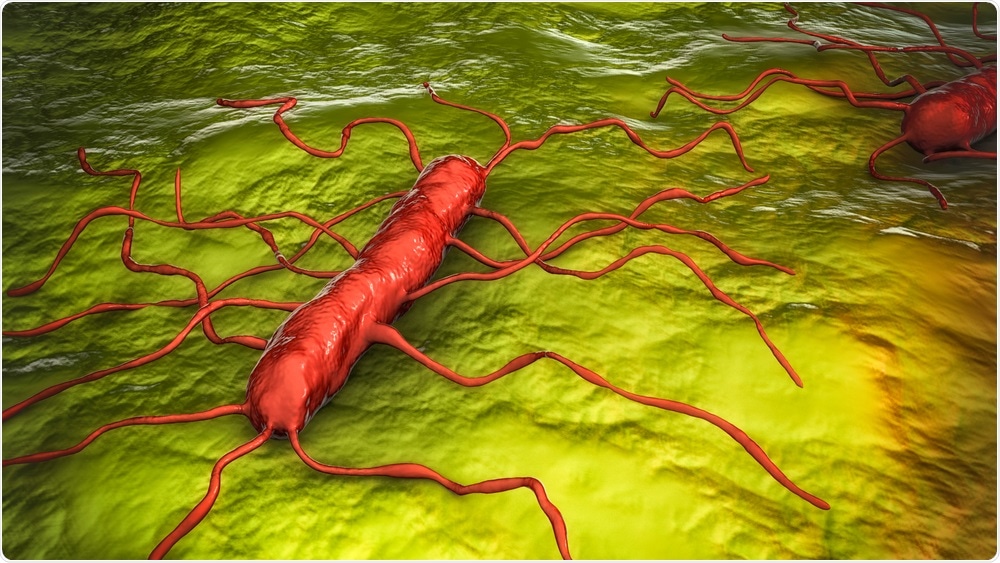Listeria monocytogenes, one of the deadliest foodborne pathogens, may soon become easily traceable in food recalls and other investigations. This has been possible with a new genomic and geological mapping tool developed by Cornell University food scientists.

Image Credit: Kateryna Kon/Shutterstock.com
The national atlas will notify researchers where listeria and other related species reside within the contiguous United States, which helps them track and identify sources of listeria found in food processing facilities, ingredients, and finished products. The study was published on July 15th, 2021, in the Nature Microbiology journal.
As we’re trying to figure out the risk of getting listeria from soil and different locations, our group created a more systematic way of assessing how frequently different listeria are found in different locations. We’ve studied listeria in places as diverse as New York, Colorado, and California, but before this atlas, (it) was difficult to make comparisons and assess listeria diversity in different locations.”
Martin Wiedmann, Study Senior Author and Professor, Food Safety and Food Science, College of Agriculture and Life Sciences
Listeria mononcytogenes present in foods can make individuals extremely ill. The Centers for Disease Control and Prevention (CDC) predict that each year, 1,600 individuals in the United States get infected with listeriosis, and of those, around 260 die.
It is a known fact that listeria occurs naturally in soil and hence the Cornell researchers urged hundreds of other researchers nationwide to scoop up soil samples from generally undisturbed places in the natural world, like off-trail areas of state and national parks.
From the samples collected, the researchers created a nationwide atlas of 1,854 listeria isolates, representing 594 strains and 12 families of the bacteria called phylogroups.
Jingqiu Liao, the lead author of the study, worked in Wiedmann’s laboratory as a graduate student and is now a post-doctoral researcher at Columbia University. Liao supplemented the study by collecting soil samples in her travels and identified the presence of listeria across a broad range of environmental circumstances.
Listeria is controlled primarily by soil moisture, salinity concentrations, and molybdenum—a trace mineral present in cheese, milk, legumes, grains, organ meats, leafy vegetables.
The goal of this work was to systematically collect soil samples across the United States, and to capture the true large-scale spatial distribution, genomic diversity, and population structure of listeria species in the natural environment.”
Jingqiu Liao, Study Lead Author and Post-Doctoral Researcher, Columbia University
“With whole genome sequencing and comprehensive population genomics analyses. We provided answers to the ecological and evolutionary drivers of bacterial genome flexibility—an important open question in the field of microbiology,” added Liao.
Liao explained that this research could serve as a reference for future population genomics studies and would possibly help the food industry by identifying listeria contaminations that may have a natural origin.
According to Wiedmann, if listeria is discovered in a processing facility in the western United States, for instance, and that facility used ingredients from a faraway state, “knowing the genomic information of listeria isolates and their possible locations across the United States, we can better narrow the origins to a specific region. You can use this information almost like a traceback. It’s not always proof, but it leads you to evidence.”
Source:
Journal reference:
Liao, J., et al. (2021) Nationwide genomic atlas of soil-dwelling Listeria reveals effects of selection and population ecology on pangenome evolution. Nature Microbiology. doi.org/10.1038/s41564-021-00935-7.